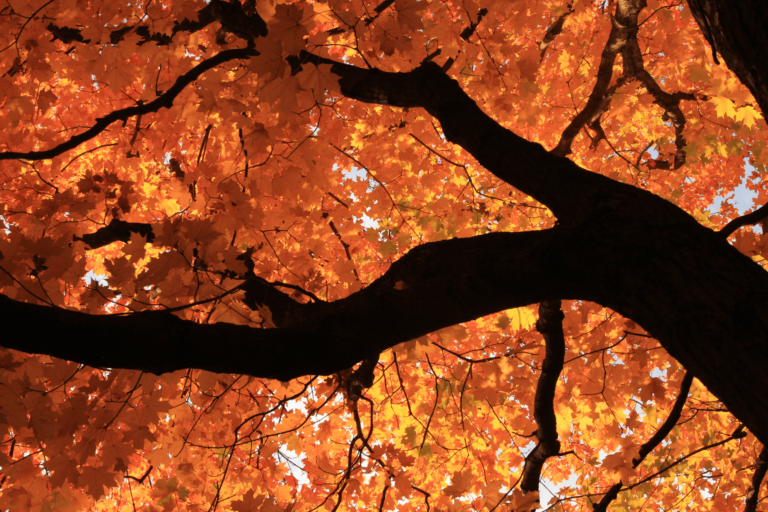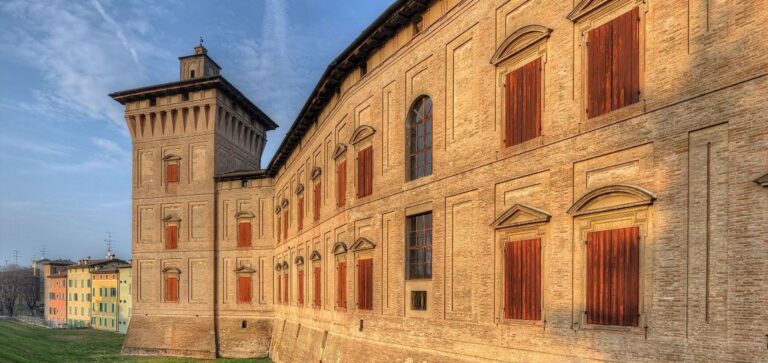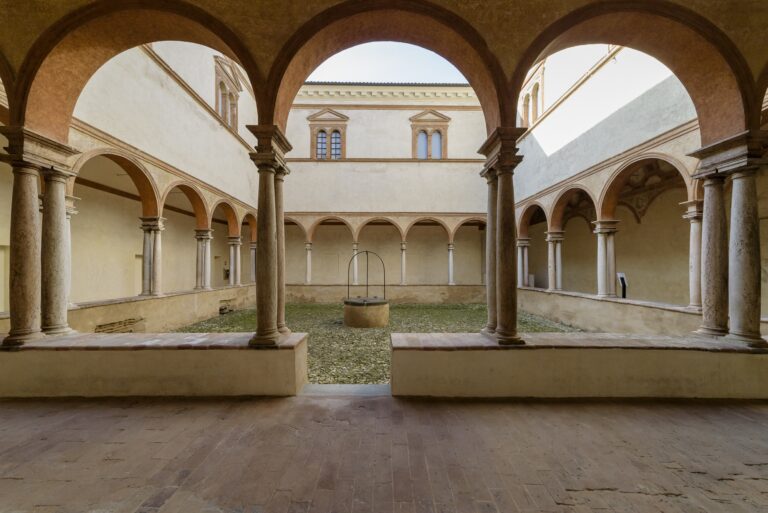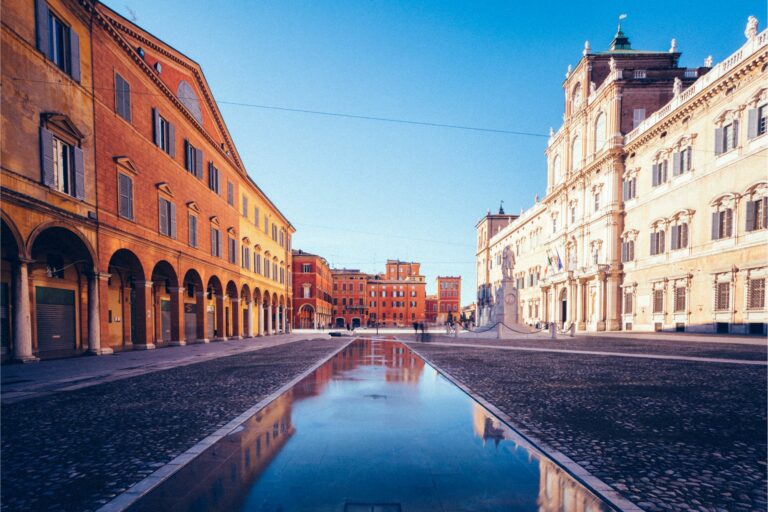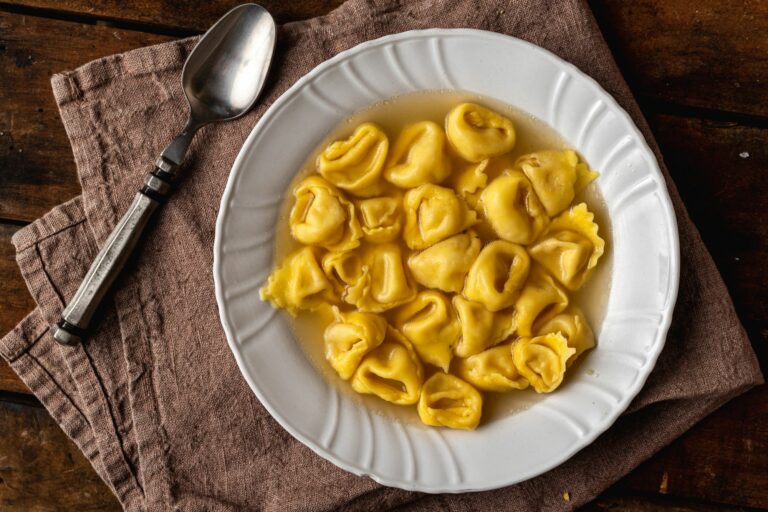The Renaissance is an artistic, cultural, philosophical and literary movement that began in Italy with already quite precise characteristics around the middle of the 14th century and then spread throughout Europe. It is a phenomenon that has brought about great changes and innovations in every field of artistic and literary activity. It was characterized by a consciously philological fruition of the Greek and Latin classics, by the revival of literature and the arts, science and culture and civil life in general.
By building its image in terms of a renewal program against an exhausted civilization, the Renaissance represented a golden age for Italy and Europe that also left its mark on the villages, monuments and structures of Emilia -Romagna. We set off on a journey back in time to discover the testimonies scattered throughout the Reggio Emilia, Parma and Piacenza areas.

REGGIO EMILIA
The first stop on our itinerary is Guastalla, a village marked by the Gonzaga dynasty, during which it reached its maximum splendour. Famous architects such as Giunti and Volterra were called, artists such as Guercino and Campi, and poets such as Tasso and Guarini were hosted. Guastalla represents an extraordinary example of how the Renaissance was able to give life to authentic urban jewels. The symbol of Renaissance Guastalla is Palazzo Ducale, for a long time seat of the noble court. Its construction is linked to the name of Francesco Capriani (known as Volterra), who defined its structure as a square courtyard with porticos, even if it was the architect Tommaso Filippi who completed the works in 1570. Here the noble power was concentrated, which became ducal from 1621.
The second stop in Reggio Emilia is San Martino in Rio, a place rich in history and culture, where you can grasp the clues and the numerous testimonies of the dominion of the Este family, lords of the village starting from 1420. Its symbolic monument is the Rocca Estense, whose most significant artistic testimonies date back to four different historical periods. Of all of them, however, the Renaissance ones are the examples of excellence and among these stands out the spectacular fifteenth-century room in the Tower of the north-east wing of the noble floor painted by the workshop of Pellegrino degli Erri from Modena.
In the province of Reggio Emilia, the following are also worth mentioning: Gualtieri, a classic example of a small Renaissance capital of the Po Valley, which takes your breath away with the originality of its Renaissance square and arcades, Piazza Bentivoglio, built by Argenta and among the most beautiful in Italy ; and Correggio, a delightful town which was the birthplace of the painter Antonio Allegri (known as Il Correggio), where the Palazzo dei Principi, the most representative Renaissance building in the city, is certainly worth a visit.
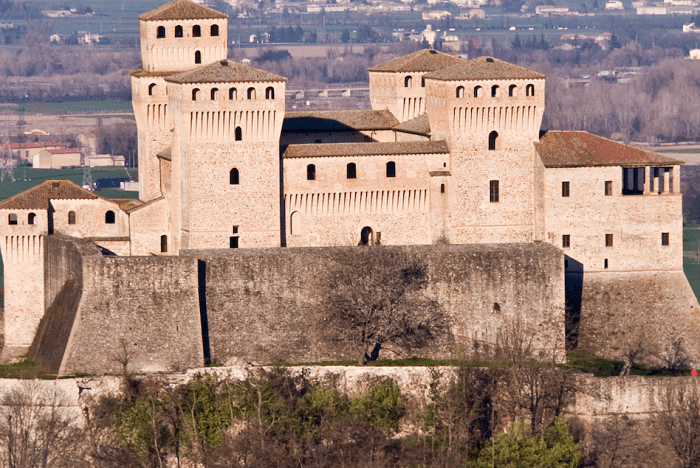
PARMA
The Renaissance in Parma and its province owes much to the figure of Pier Maria II de’ Rossi, known as the Magnificent and better known as Pier Maria Rossi, who was a valiant leader, a famous humanist and above all a lover of castles. He had numerous buildings built in the Parma area and among the approximately 30 that he came to own, 4 remain to identify and exemplify his eclectic personality.
Between 1448 and 1460 he had the Castle of Torrechiara built for his lover Bianca Pellegrini, located in a strategic position on a hill to the left of the Parma river. Inside, the Golden Chamber frescoed by Benedetto Bembo in 1462 with the depiction of all the family possessions is a hymn to the very strong feeling that bound the two lovers. In the same period, again in honor of his adored Bianca, he had the Rocca dei Rossi built in Roccabianca. To speak of the lover is the entire manor from the coat of arms. Inside, the famous Sala della Griselda houses the fifteenth-century pictorial cycle inspired by the hundredth novella of the Decameron by Giovanni Boccaccio.
In the same period he also rebuilt the Rocca di San Secondo, first a medieval fortress and then a sumptuous Renaissance residence. The manor contains the more institutional and family side of the Count, in his role as husband of Antonia Torelli. Inside, the frescoes with the glorious deeds of his family still shine today. Of notable importance, in the Sala dell’Asino d’Oro, is the original and unique representation in fresco taken from the homonymous novel by Apuleius. The Felino Castle rises between the Parma and Baganza valleys, which was an impregnable refuge until 1483, when it was deceived by Ludovico il Moro, who had all the fortifications and surrounding walls leveled down to their foundations.
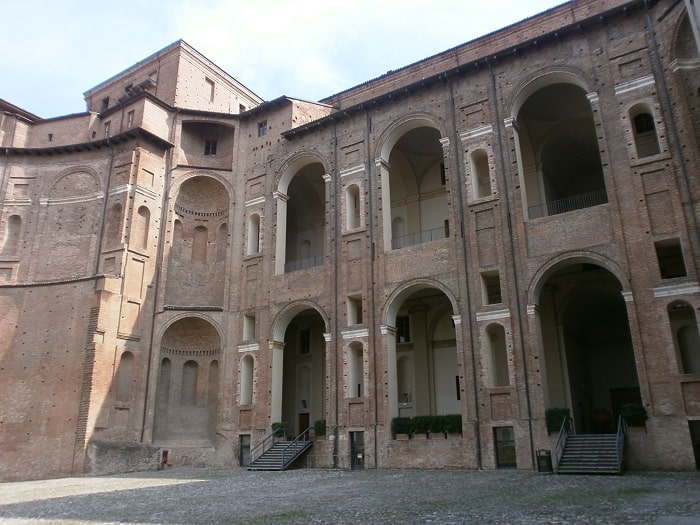
PLEASURE
Piacenza in the first half of the sixteenth century became the Farnesian dukedom and thus approached the great season of the Italian Renaissance. In the Piacenza area, the Castle of San Pietro in Cerro stands out, an admirable fifteenth-century structure built by Bartolomeo Barattieri, a noble jurisconsult and ambassador of Piacenza at the court of Pope Julius II della Rovere. It represents a faithful testimony of a Renaissance noble residence. Do not miss the 30 richly decorated and furnished rooms, all of which can be visited entirely. The castle houses the MiM – Museum in Motion in the evocative rooms of the attic, which houses an extraordinary collection of over 800 contemporary works, exhibited in rotation.
Finally, one cannot speak of the Renaissance in Piacenza without mentioning Palazzo Farnese, which stands next to what remains of the fourteenth-century Cittadella dei Visconti: two corner towers and crenelated curtain walls. Its construction is due to the will of the Duchess of Parma and Piacenza, Margherita of Austria, and to the impressive work of the genius of Jacopo Barozzi, known as il Vignola. Today the palace houses the city’s Civic Museums, organized in a route that allows you to visit the apartments of the duke and duchess.
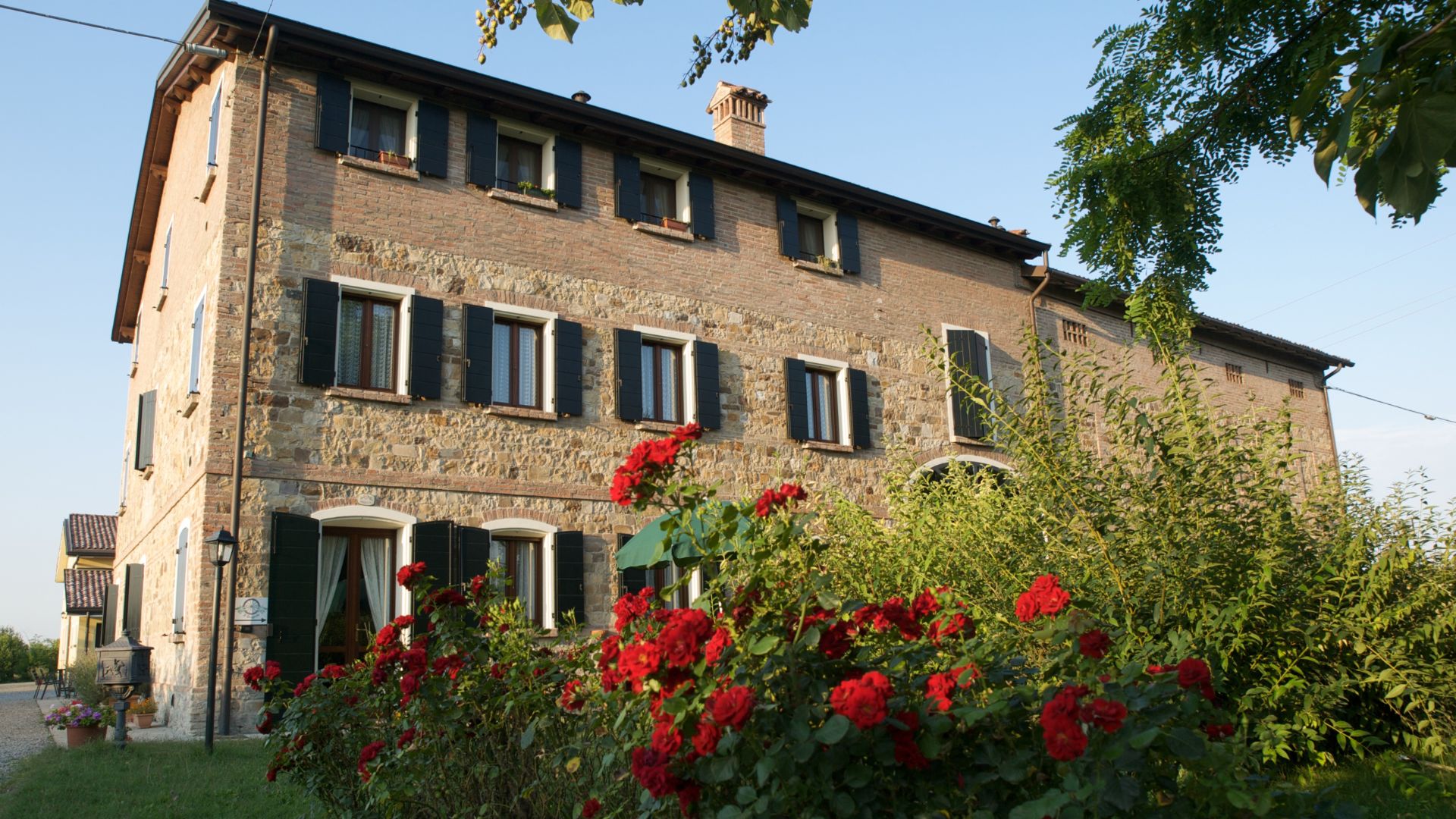
AGRITURISMO IL BRUGNOLO
Welcome to il Brugnolo
If you’re looking for completely independent apartments surrounded by greenery you really are in the right place here!
In fact, Brugnolo is immersed in the green nature of the Emilian countryside. For your relaxation, for that of your children, and again for the runs of your 4-legged friends, you will have 6000 square meters of park at your disposal!

